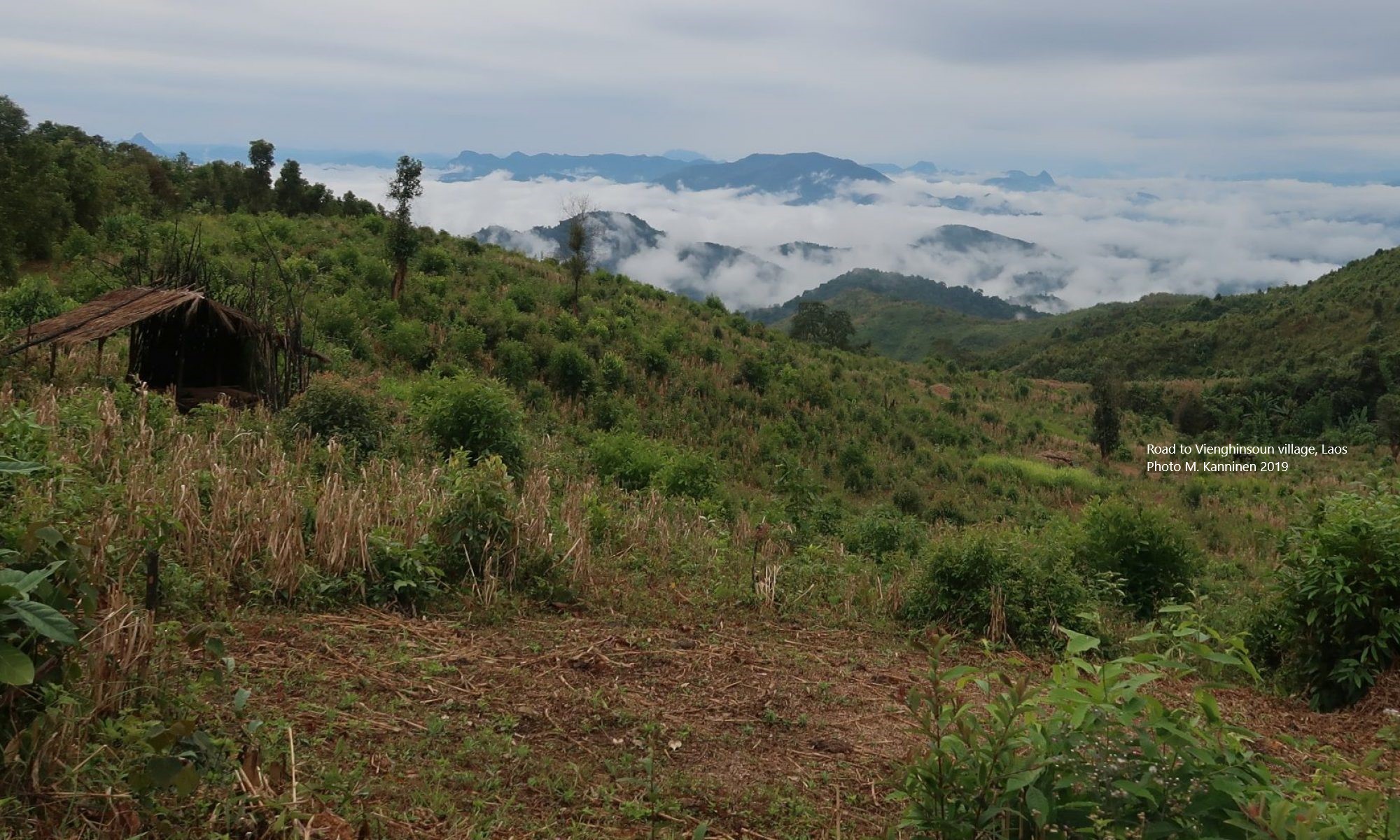Managing the genetic resources of indigenous mahoganies in Africa : Development of multidisciplinary procedure (MAGERMA) (2004-2006)
Period: 2004–2006
Researcher in charge: Dr. Ari Pappinen, Faculty of Forestry, University of Joensuu.
Site of the research
(1) Faculty of Forestry, University of Joensuu (2) Forestry Research Institute of Ghana (FORIG).
Collaborating partners and advisors: Professor Olavi Luukkanen, VITRI, University of Helsinki , Professor Jouko Rikkinen , Department of Biological and Environmental Sciences, University of Helsinki , Dr. Mark Appiah, VITRI, University of Helsinki , Dr. J.R. Cobbinah, Director of Forestry Research Institute of Ghana (FORIG).
Abstract
Khaya ivorensis (an African Mahogany) belongs to the family of Meliaceae, and is one of the finest and most highly exploited hardwoods in the mahogany family. The wood is used for high quality cabinetwork, furniture and expensive interior finishing. Large quantities are also used for wood boat and ship construction. The use of this species as multipurpose agroforestry species ranging from shade trees in cocoa or coffee farms to providing non-timber forest products (NTFPs) and environmental service is traditionally known. Their excellent livelihood and commercial value have resulted in these species becoming commercially extinct in large parts of its original range. The overall aim is to generate information necessary for the development of new conservation and management tools (e.g. national policies, reforestation and agroforestry programmes) to promote the conservation and management of the species in natural and semi-natural forests. The focus is on (1) combining molecular and quantitative method to assess the genetic resources of Khaya ivorensis (2) Evaluating the processes, human impact, natural regeneration, and sustainable management and conservation needs of Khaya ivorensis and (3) assessing the variability in provenance response to hpsipyla damage using wood anatomical analysis. The results will benefit Ghana in in-situ and ex-situ conservation and in domestication. Local communities will have forest conservation and management and rehabilitation models that can lead to the improvement of their traditional agroforestry systems and in other man-made production systems.
Theses completed within the Project
Luoma-aho, Tapio. 2003: Natural Regeneration of African Mahogny (Khaya ivorensis) in the Moist semi-deciduous forest in Ghana. Department of Forest Ecology /VITRI/ University of Helsinki (MSc.)
Kukkonen, Mari 2005: The conservation needs of mahogany Khaya ivorenis in Ghanaian farmlands, New insights from socio-economic and bioindicator studies. Department of Forest Ecology /VITRI/ University of Helsinki (MSc.)
Hakkarainen, A Jarmo 2006. Biological and Environmental Sciences, University of Helsinki (MSc.) Comparative ecological wood anatomy of African Mahogany Khaya ivorensis with special reference to damage caused by hypsipyla robusta shootborer, Department of Forest Ecology, University of Helsinki (MSc)
